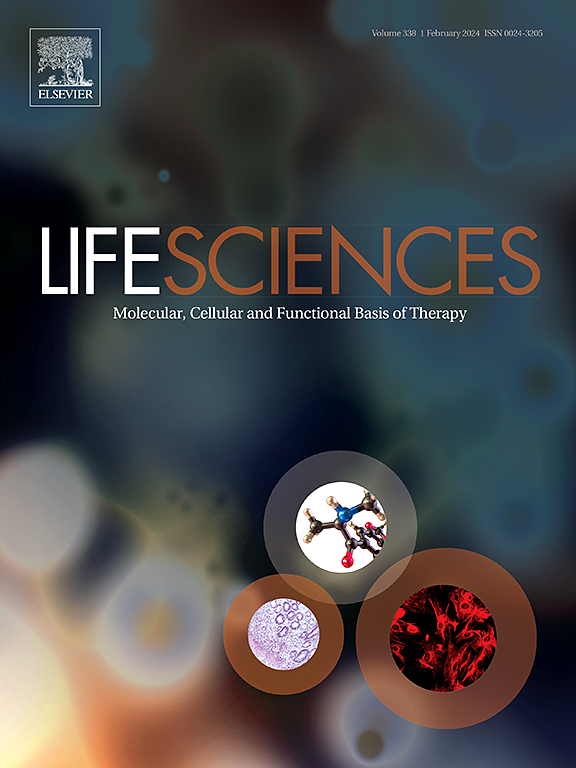Idebenone improves mitochondrial respiratory activity and attenuates oxidative damage via the SIRT3-SOD2 pathway in a prion disease cell model
IF 5.2
2区 医学
Q1 MEDICINE, RESEARCH & EXPERIMENTAL
引用次数: 0
Abstract
Prion diseases are neurodegenerative diseases that are transmitted between humans and animals, which cause spongiform brain degeneration and neuronal death. Prion diseases are difficult to treat. Mitochondrial damage and oxidative stress occurring early in disease progression. Reducing oxidative stress is a therapeutic strategy for disease. Idebenone (IDE) is an antioxidant that enhances electron transfer in the mitochondrial respiratory chain. To investigate IDE protection mechanisms in prion neuron models, we examined IDE effects on apoptosis, mitochondrial dysfunction, cellular respiratory chain damage, and oxidative stress in N2a cells treated with the prion toxic peptide PrP106–126. IDE effectively alleviated apoptosis and mitochondrial dysfunction, reduced mitochondrial reactive oxygen species (ROS), attenuated lipid peroxidation, improved glutathione percentages, increased important antioxidant enzyme (superoxide dismutase (SOD) and catalase) activities, and elevated mitochondrial DNA levels. IDE also modulated SOD2 deacetylation and oxidative damage by regulating SIRT3. Overall, IDE exerted significant antioxidant effects in our prion disease cell model and may have therapeutic applications for prion disease.

求助全文
约1分钟内获得全文
求助全文
来源期刊

Life sciences
医学-药学
CiteScore
12.20
自引率
1.60%
发文量
841
审稿时长
6 months
期刊介绍:
Life Sciences is an international journal publishing articles that emphasize the molecular, cellular, and functional basis of therapy. The journal emphasizes the understanding of mechanism that is relevant to all aspects of human disease and translation to patients. All articles are rigorously reviewed.
The Journal favors publication of full-length papers where modern scientific technologies are used to explain molecular, cellular and physiological mechanisms. Articles that merely report observations are rarely accepted. Recommendations from the Declaration of Helsinki or NIH guidelines for care and use of laboratory animals must be adhered to. Articles should be written at a level accessible to readers who are non-specialists in the topic of the article themselves, but who are interested in the research. The Journal welcomes reviews on topics of wide interest to investigators in the life sciences. We particularly encourage submission of brief, focused reviews containing high-quality artwork and require the use of mechanistic summary diagrams.
 求助内容:
求助内容: 应助结果提醒方式:
应助结果提醒方式:


